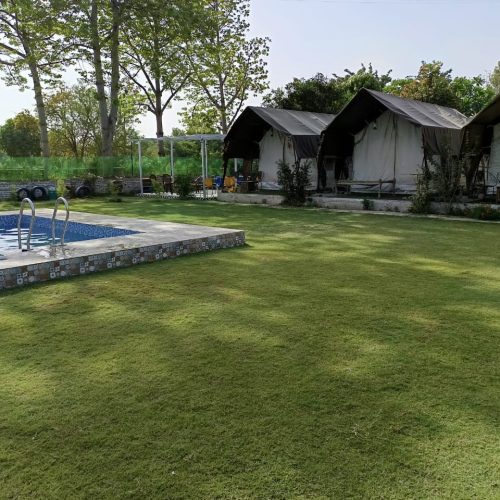Investing in real estate is a significant decision involving a range of options, from outright property ownership to innovative models like fractional ownership. Both models offer unique benefits, but they also come with different financial implications, responsibilities, and returns. In this guide, we’ll break down the key differences between fractional and full ownership, helping you make an informed choice that aligns with your financial goals.
1. Investment Size and Accessibility
-
Fractional Ownership: Fractional ownership allows investors to own a share of a high-value property with a relatively smaller investment amount. For instance, instead of buying a ₹1 crore property entirely, fractional investors can acquire a stake for as low as ₹10-20 lakhs, depending on the size of the investment pool. This makes it easier for more investors to access high-value properties without bearing the full cost.
-
Full Ownership: With full ownership, the buyer shoulders the entire cost of the property, which may require a substantial down payment and mortgage. This option is best suited for individuals who have the financial means and prefer full control over their investment without co-owners.
2. Maintenance and Management Responsibilities
- Fractional Ownership: Maintenance and management tasks are typically handled by a management company in fractional ownership setups. These companies oversee everything from repairs to tenant management, offering owners a hassle-free investment experience.
- Full Ownership: Full property owners are responsible for all maintenance tasks, from arranging repairs to managing tenants if the property is rented. While this offers complete control, it also demands time, effort, and potentially higher costs for upkeep.
3. Flexibility in Usage
-
Fractional Ownership: Since ownership is shared, fractional ownership properties often operate on a rotational schedule, giving each owner designated time periods to use the property. This model works well for investors looking for part-time use, such as vacation homes or commercial spaces.
-
Full Ownership: Full owners enjoy unrestricted access and complete freedom to decide how and when to use the property. This is ideal for those wanting a primary residence or a property they can freely rent, lease, or occupy.
4. Financial Returns
- Fractional Ownership: Returns in fractional ownership depend on property appreciation and rental income, which are distributed among all owners according to their stake. Although the profits are divided, fractional investments can yield high returns, especially when the property is located in high-demand areas. Additionally, fractional ownership offers diversification, allowing investors to own portions of multiple properties.
- Full Ownership: In full ownership, the owner enjoys all returns from the property’s appreciation or rental income. This can be more lucrative in the long term but also concentrates risk in a single property. However, this also entails the full responsibility of any taxes, mortgages, and maintenance costs associated with the property.
5. Liquidity and Exit Strategy
-
Fractional Ownership: Fractional owners can sell their share more easily than an entire property, providing a greater degree of liquidity. This model’s flexibility is a major advantage, especially in fractional real estate platforms where reselling shares is more structured and accessible.
-
Full Ownership: Selling an entire property can be time-consuming and complex, as it often requires securing a buyer who can afford the total purchase price. This could mean longer holding periods, but it can also mean greater appreciation on the sale if market conditions are favorable.
6. Risk and Diversification
- Fractional Ownership: By investing in fractional ownership, investors can diversify their portfolio by investing in multiple properties across different locations and sectors (residential, commercial, etc.). This approach spreads risk and doesn’t concentrate funds in a single property.
- Full Ownership: Full ownership can yield higher returns but concentrates the investor’s risk in one property, with market fluctuations having a direct impact on its value.
Conclusion
Fractional ownership and full ownership offer distinct advantages, with the best choice depending on your financial capacity, time commitment, and investment goals. Fractional ownership is ideal for investors looking for lower entry costs, fewer management responsibilities, and greater diversification. On the other hand, full ownership provides complete control and the potential for higher returns with a more significant upfront investment.
For investors exploring a more flexible and collaborative approach to real estate, fractional ownership through Rays Fractions LLP offers an innovative pathway to property ownership. Consider your priorities and long-term vision to make the most of your real estate journey.








